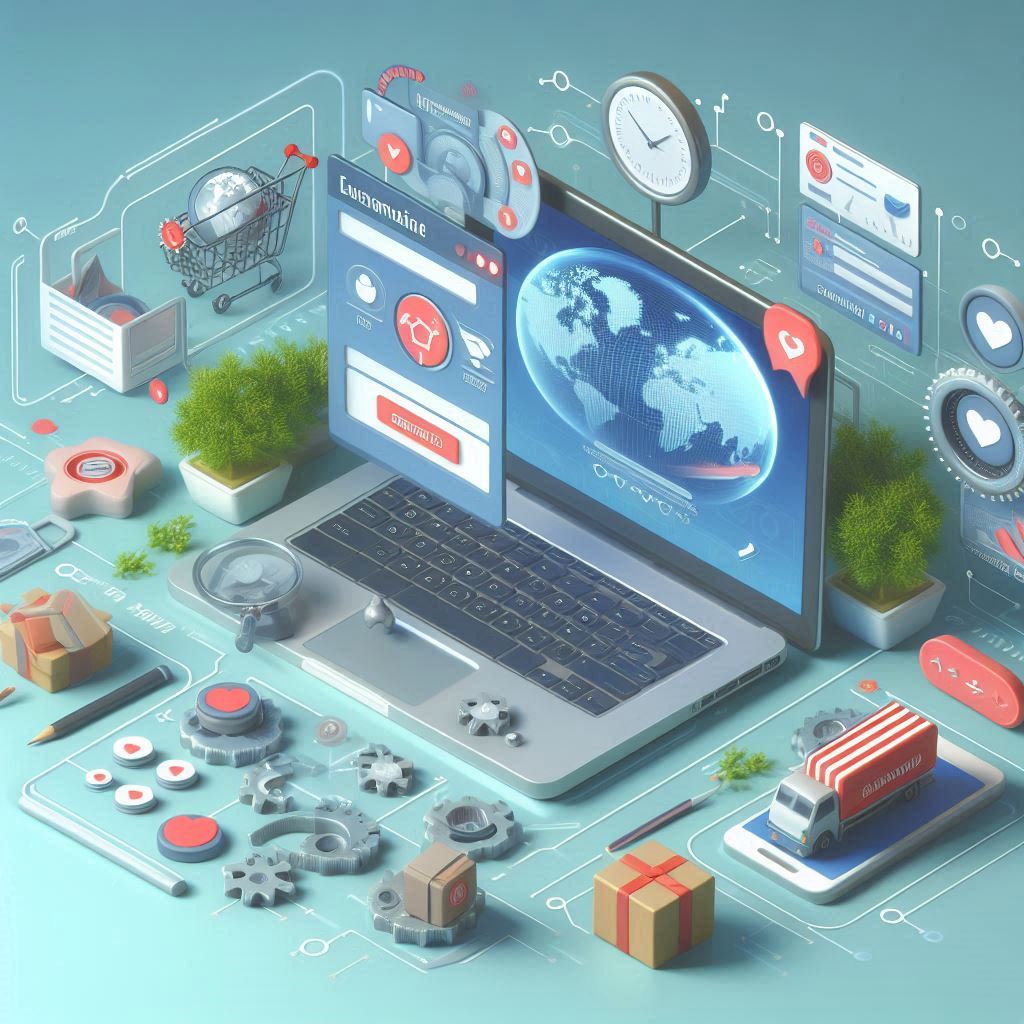How to Enhance Customer Loyalty with Software Customization
In today’s competitive marketplace, customer loyalty is a critical factor in a business’s long-term success. One effective strategy for enhancing customer loyalty is through software customization. By tailoring software solutions to meet the specific needs and preferences of customers, businesses can create a more personalized experience that fosters loyalty and engagement. This article explores the various ways software customization can enhance customer loyalty and offers practical strategies for implementation.
1. Understanding the Role of Customization
Personalized User Experiences
Customization allows businesses to provide personalized user experiences that resonate with individual customers. When software is tailored to fit users’ preferences and workflows, it becomes more valuable and relevant to them.
Building Stronger Relationships
By customizing software solutions, businesses can demonstrate that they understand their customers’ unique needs. This level of attention fosters stronger relationships and encourages customers to stay loyal to the brand.
2. Benefits of Software Customization
Increased Satisfaction
When customers can personalize their software experience, satisfaction levels tend to rise. Customized features make it easier for users to accomplish their goals, leading to a more positive overall experience.
Enhanced Engagement
Customized software can enhance user engagement by offering features and functionalities that align with customers’ specific needs. Engaged customers are more likely to become loyal advocates for your brand.
Higher Retention Rates
Customers who feel that a software solution is tailored to their needs are more likely to stick with it. Customization can significantly reduce churn rates, as customers are less inclined to switch to competitors when their needs are met.
3. Strategies for Implementing Software Customization
Gathering Customer Feedback
To effectively customize software, businesses must first understand their customers’ needs. Regularly collecting feedback through surveys, interviews, and user testing can provide valuable insights into what customers want.
Offering Customizable Features
Develop software solutions that include customizable features, such as dashboards, workflows, and notifications. Allowing users to adjust these elements empowers them to create a personalized experience.
Implementing User Profiles
Create user profiles that save individual preferences and settings. This allows customers to easily access their customized settings each time they log in, creating a seamless experience.
Segmenting Customers
Segmenting customers based on their behaviors, preferences, and needs can help businesses tailor their software offerings more effectively. By understanding different user groups, companies can provide targeted customization options that appeal to each segment.
4. Leveraging Technology for Customization
Modular Software Architecture
Implement a modular software architecture that allows for easy customization and integration of new features. This flexibility enables businesses to adapt their software solutions to meet evolving customer needs.
Artificial Intelligence and Machine Learning
Utilize artificial intelligence (AI) and machine learning to analyze user data and provide personalized recommendations. These technologies can help deliver a customized experience based on individual behaviors and preferences.
API Integrations
Integrate application programming interfaces (APIs) that allow customers to connect the software with their preferred tools and services. This integration can enhance usability and provide a more cohesive experience.
5. Measuring the Impact of Customization
Tracking Customer Engagement
Monitor customer engagement metrics to assess the impact of customization efforts. Metrics such as user retention, frequency of use, and satisfaction scores can provide insights into the effectiveness of your customization strategies.
Conducting A/B Testing
Perform A/B testing to evaluate different customization options and determine which features resonate most with users. This data-driven approach can help refine customization efforts and enhance overall user satisfaction.
6. Communicating Customization Benefits
Promoting Customization Features
Ensure that customers are aware of the customization options available to them. Use marketing campaigns, tutorials, and onboarding materials to highlight how customization can enhance their experience.
Providing Support and Resources
Offer resources, such as user guides and support forums, to help customers navigate the customization process. Providing assistance can empower users to take full advantage of the software’s customization features.
7. Conclusion
Enhancing customer loyalty through software customization is a powerful strategy that can lead to increased satisfaction, engagement, and retention. By understanding customer needs, implementing effective customization strategies, and leveraging technology, businesses can create a personalized experience that fosters loyalty and advocacy.
As customer expectations continue to evolve, prioritizing customization will be key to staying competitive in the marketplace. By investing in software solutions that allow for personalization, businesses can build strong, lasting relationships with their customers, ultimately driving long-term success and growth.












